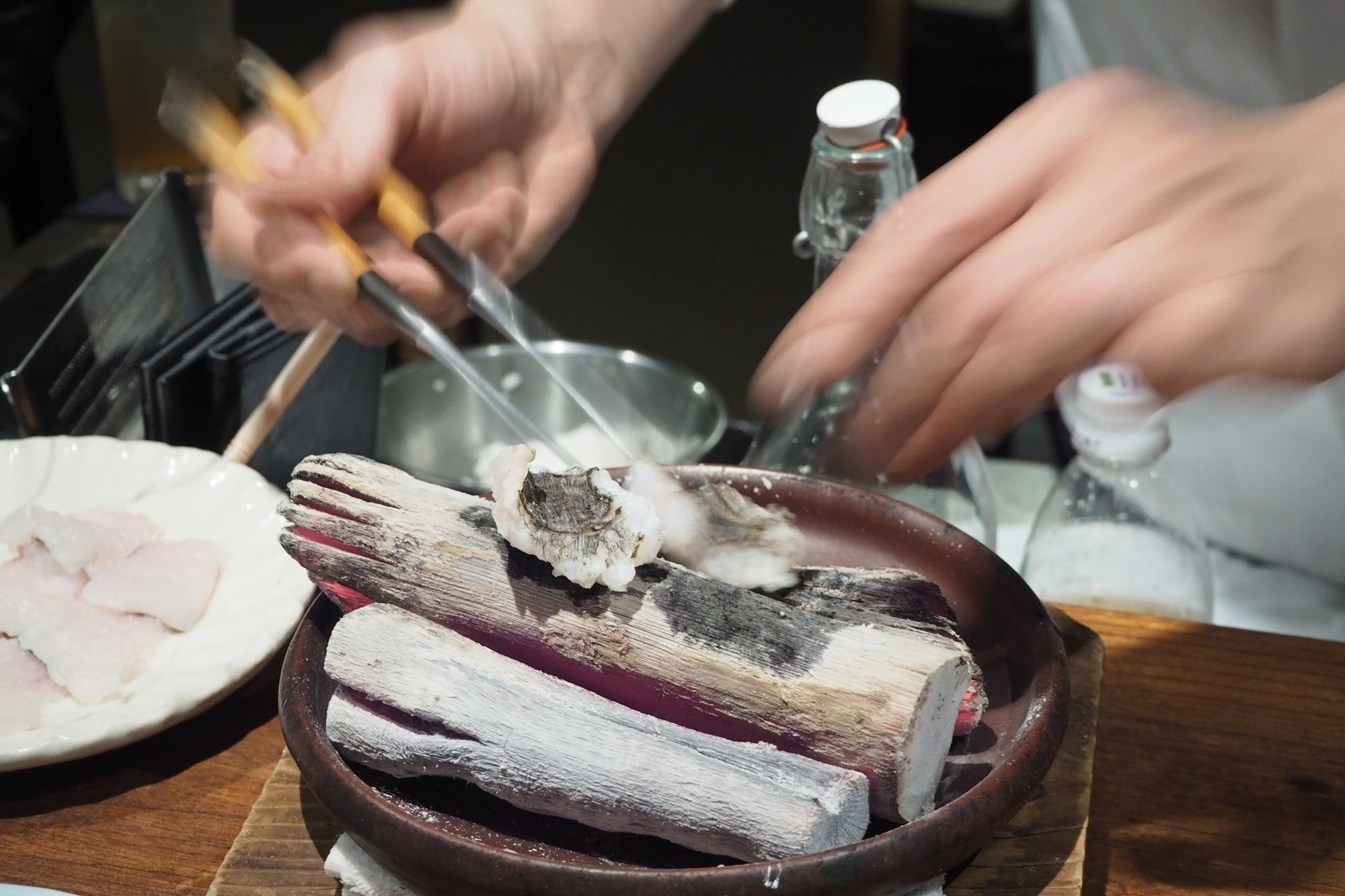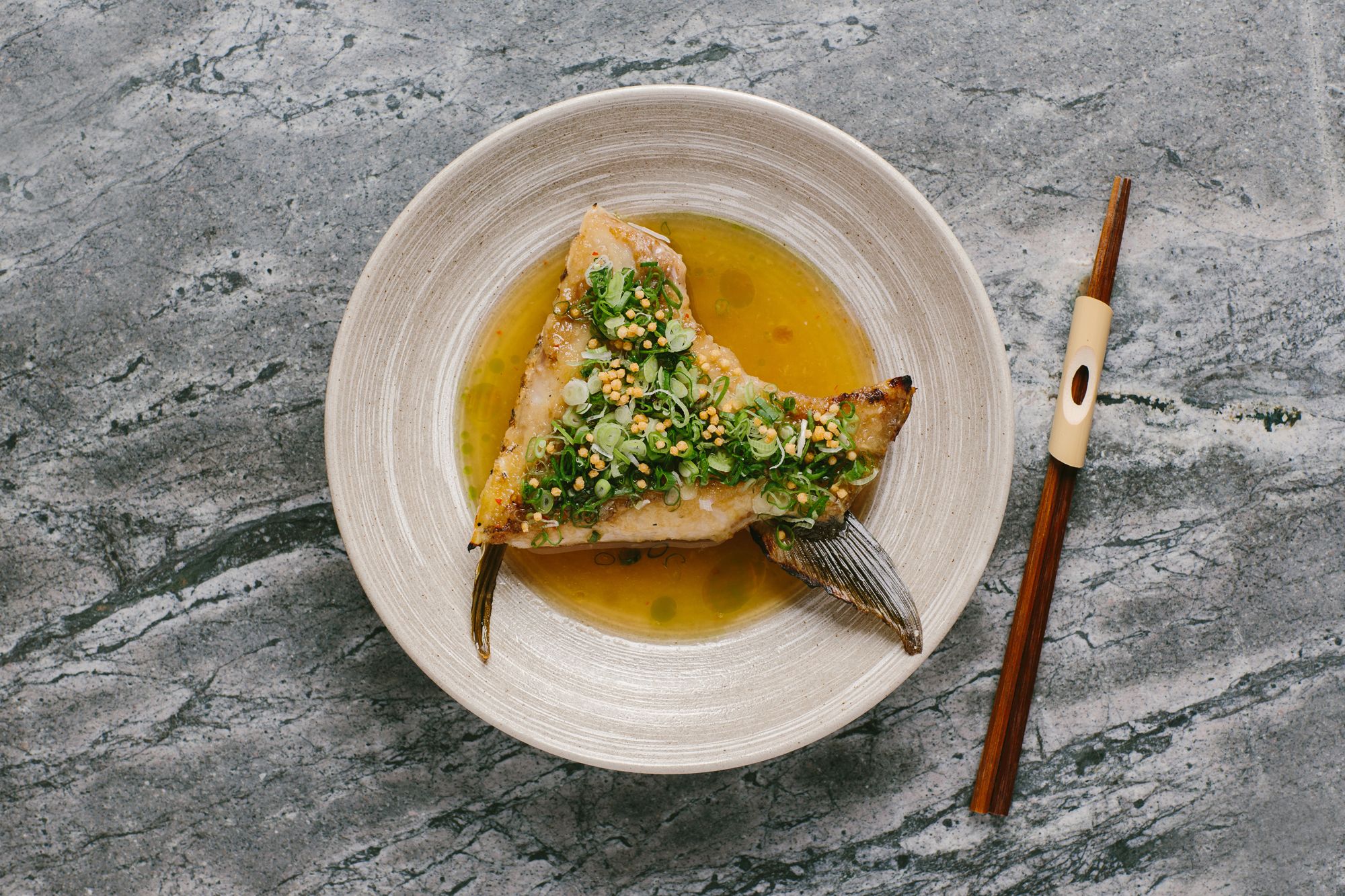Since their days as humble liquor shops during the Edo era, izakaya have undergone an intriguing evolution—whether they're in Tokyo or Hong Kong
Izakayas are often referred to as “Japanese pubs” and, although they look rather different from British watering holes, they also started out as places that sold alcohol. “Izakayas were originally sakaya (liquor shops),” says Japanese sake writer Madoka Numata. “In the Edo era [1603-1868], some of the sakaya started to let their customers to drink sake in the house, and gradually they also served food to accompany the sake.” Within the word izakaya itself, "i" means to stay, "zaka" is a form of the word "sake" and "ya" is a house.
From a retail liquor store, they became places where people could stay and drink. “They are casual places where food is served in small plates for sharing, tapas-style,” adds Tokyo-based food and sake writer Melinda Joe.


Shun Sato, head chef of new Hong Kong izakaya Fukuro explains that, at their core, izakayas are “democratic public spaces where talking loudly and being drunk are encouraged and facilitated, which is something outside of the norm for Japanese society.” In this sense, he continues, izakayas are an equaliser, where it doesn’t matter if you are a boss or a worker or a labourer. “Anyone can come into the space regardless of what you do,” he says. “A good izakaya should feel like a second home.”
In Tokyo, as well as other cities around Japan, izakayas with a modern edge are becoming more popular, not unlike the gastropub revolution of the United Kingdom in the 1990s, where better food, drinks and décor brought in a more cosmopolitan crowd and made pubs cool again. The trend is widely believed to have started with The Eagle, a pub in London acquired by David Eyre and Mike Belben in 1991, which made the good food just as important as the drinks. Today, there are gastropubs worthy of Michelin stars—The Hand and Flowers in the town of Marlow, northwest of London, has two.
See also: Shun Sato's Five Favourite Izakaya In Tokyo
“I think it mirrors the global trend toward fine-casual dining. It probably has to do with the boom in the 90s, after the [economic] bubble burst, when more people were looking for reasonable places to eat that offered good quality. I associate modern izakaya more with design than with types of food served. Having said that, though, there are some more modern izakayas that serve more fusion food,” Joe says.
“Anyone can come into the space regardless of what you do. A good izakaya should feel like a second home.”—Shun Sato, Fukuro



